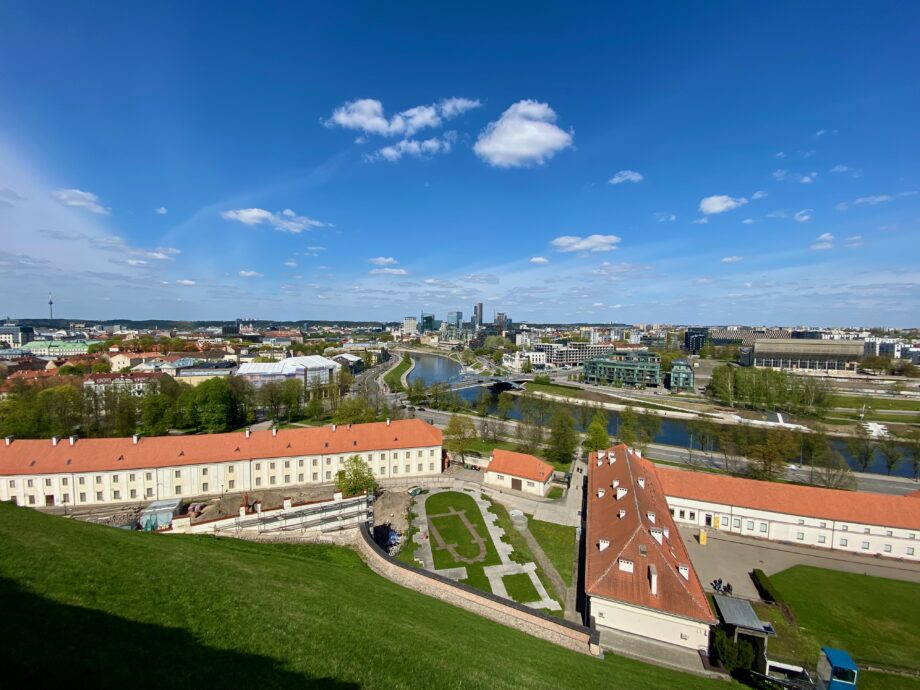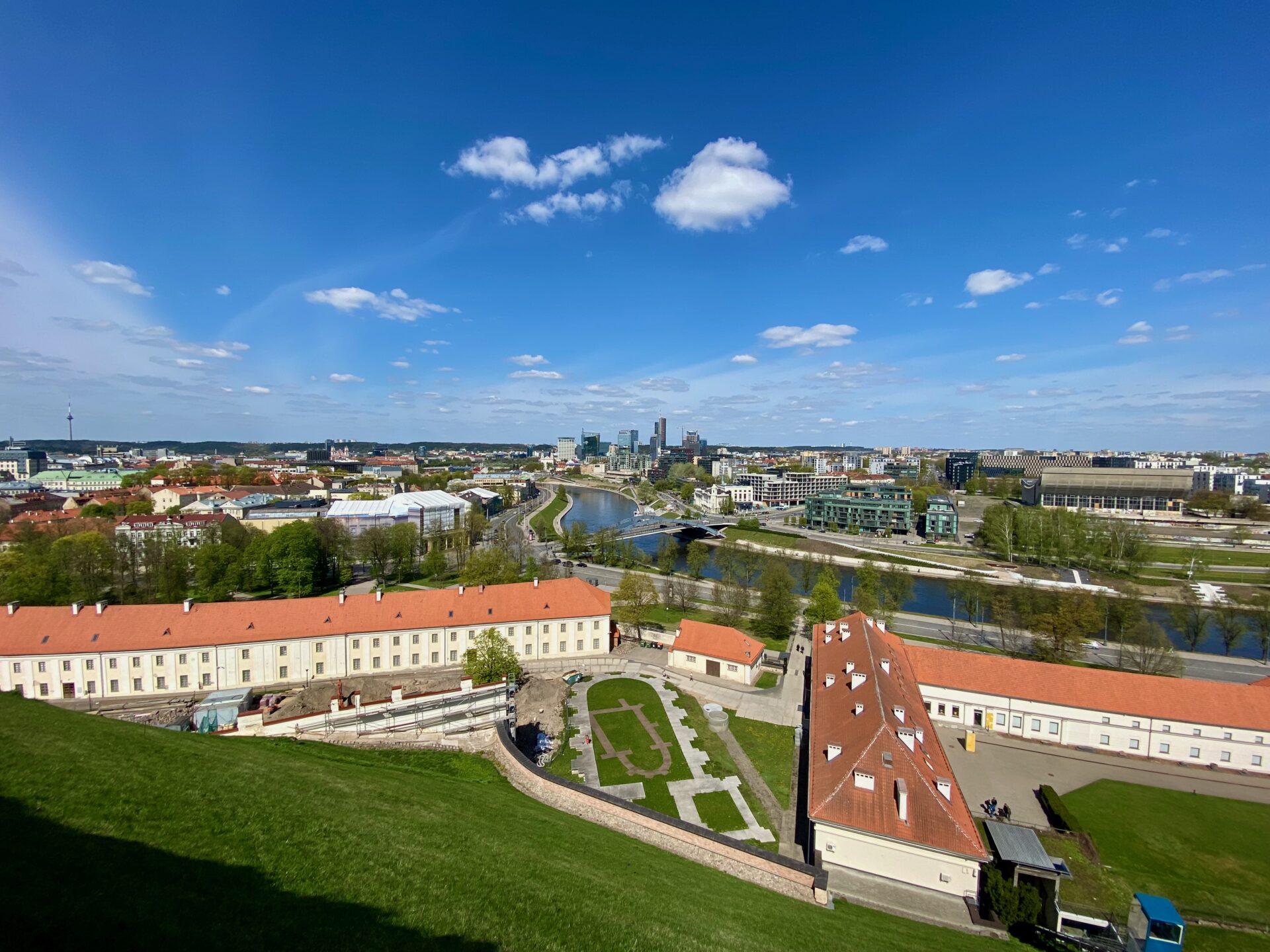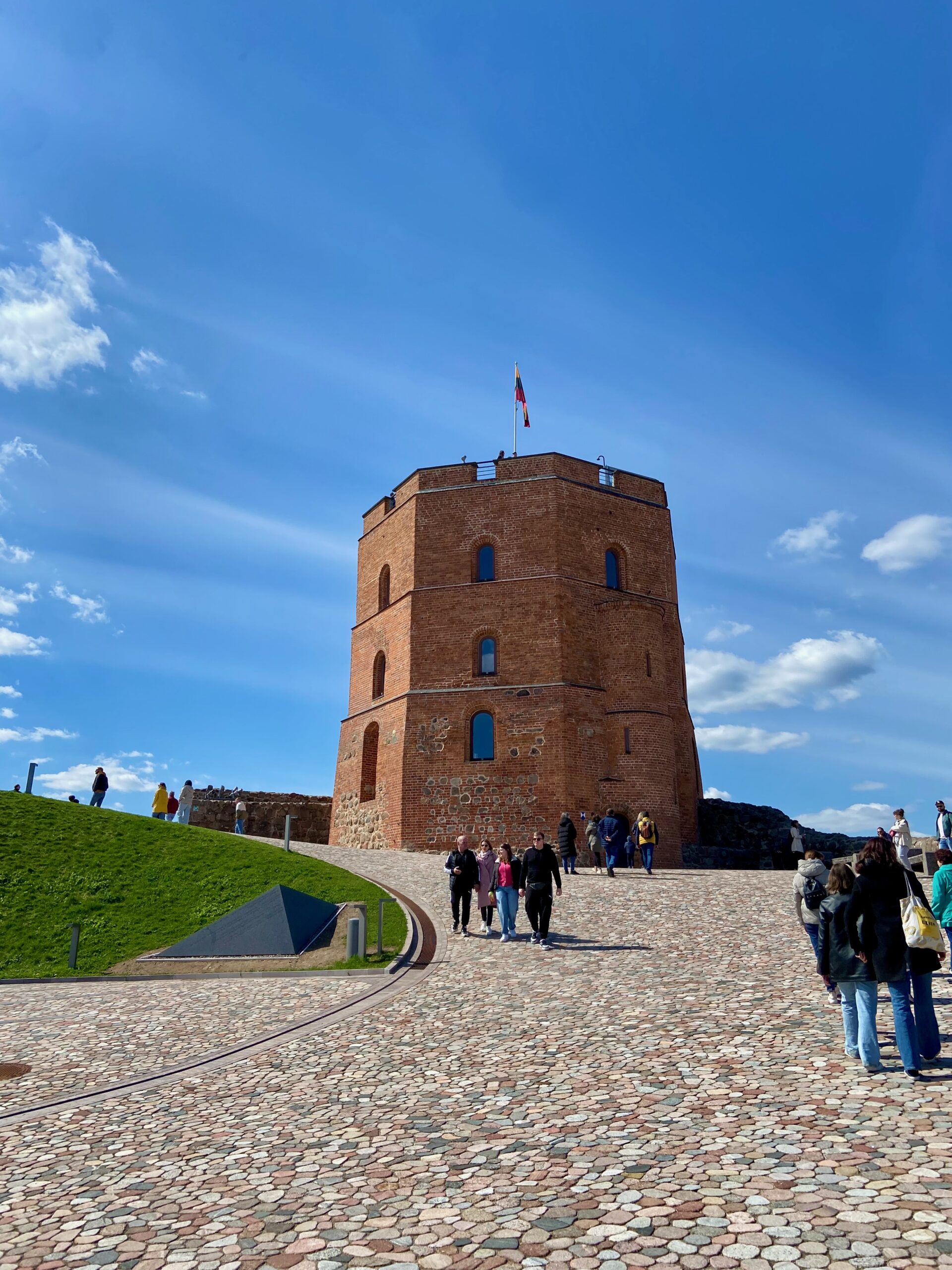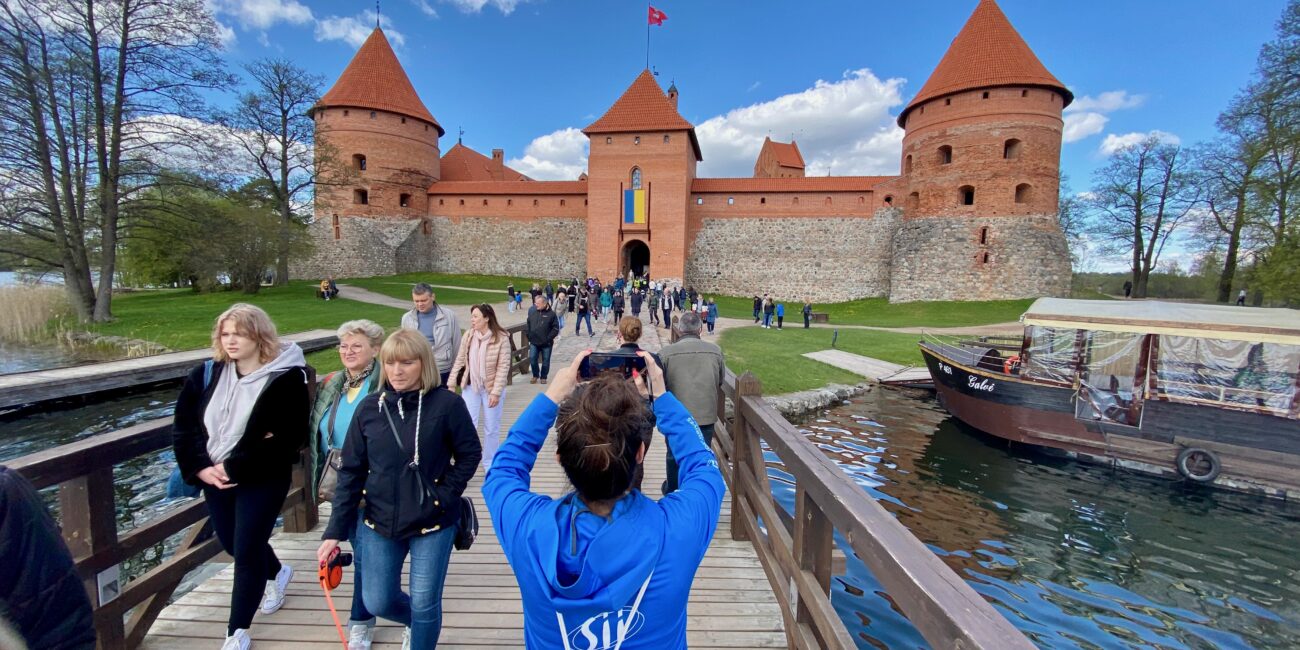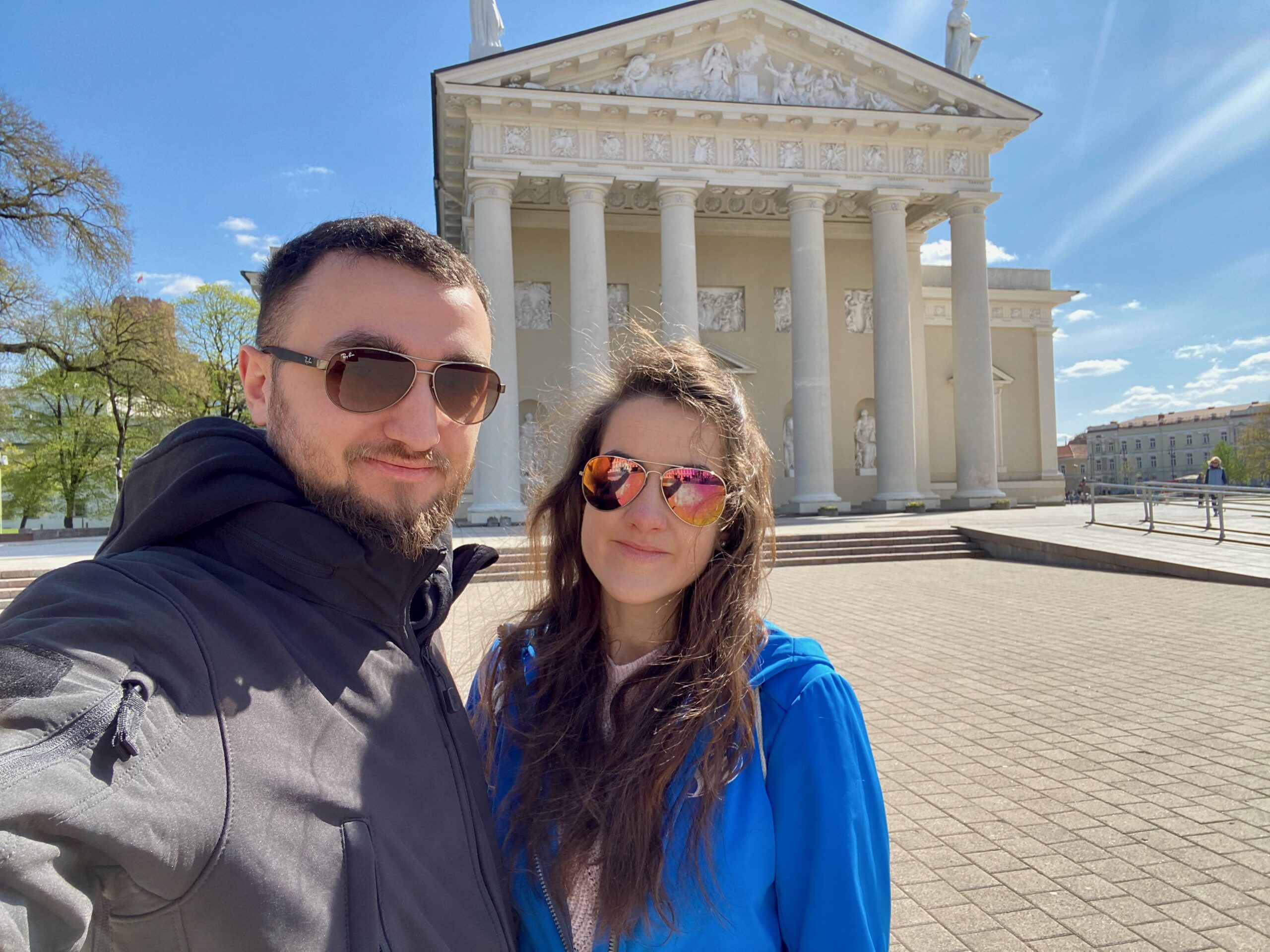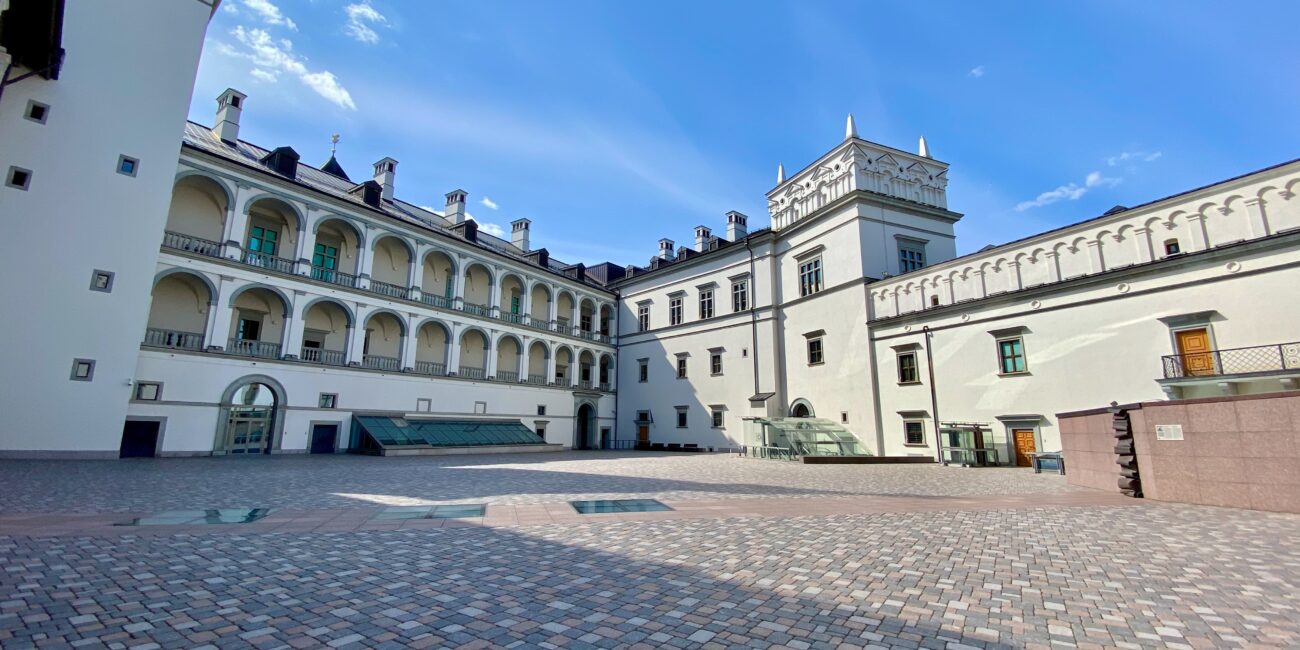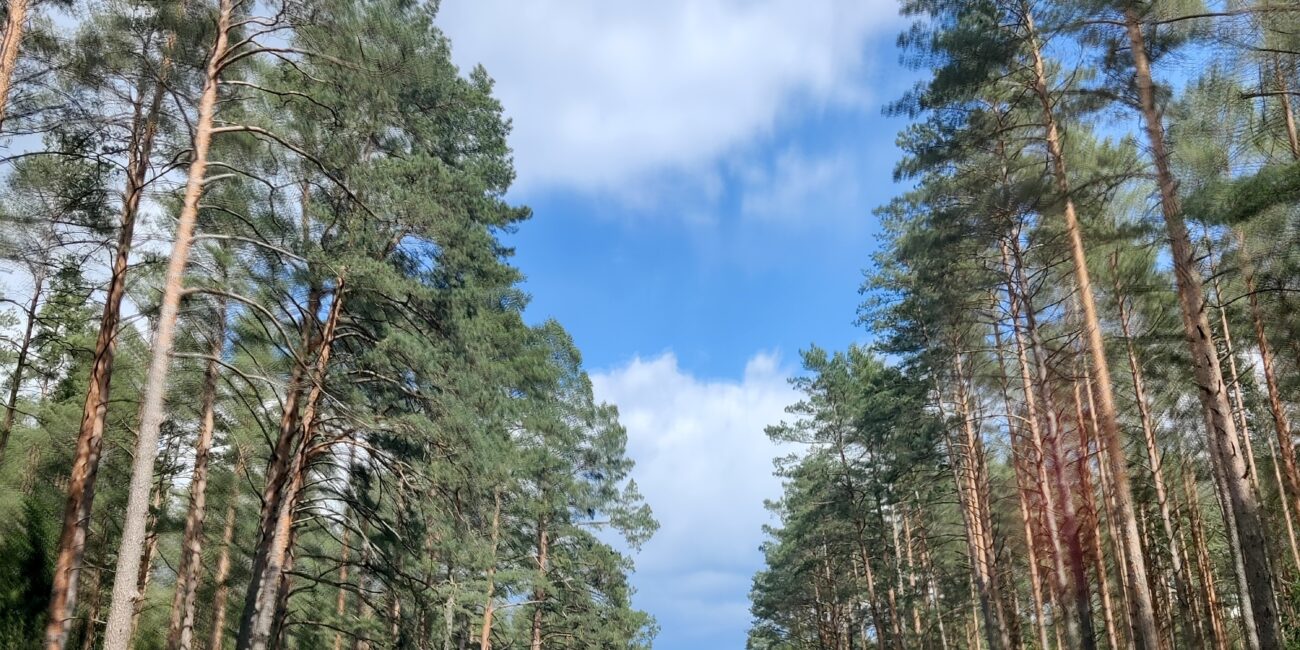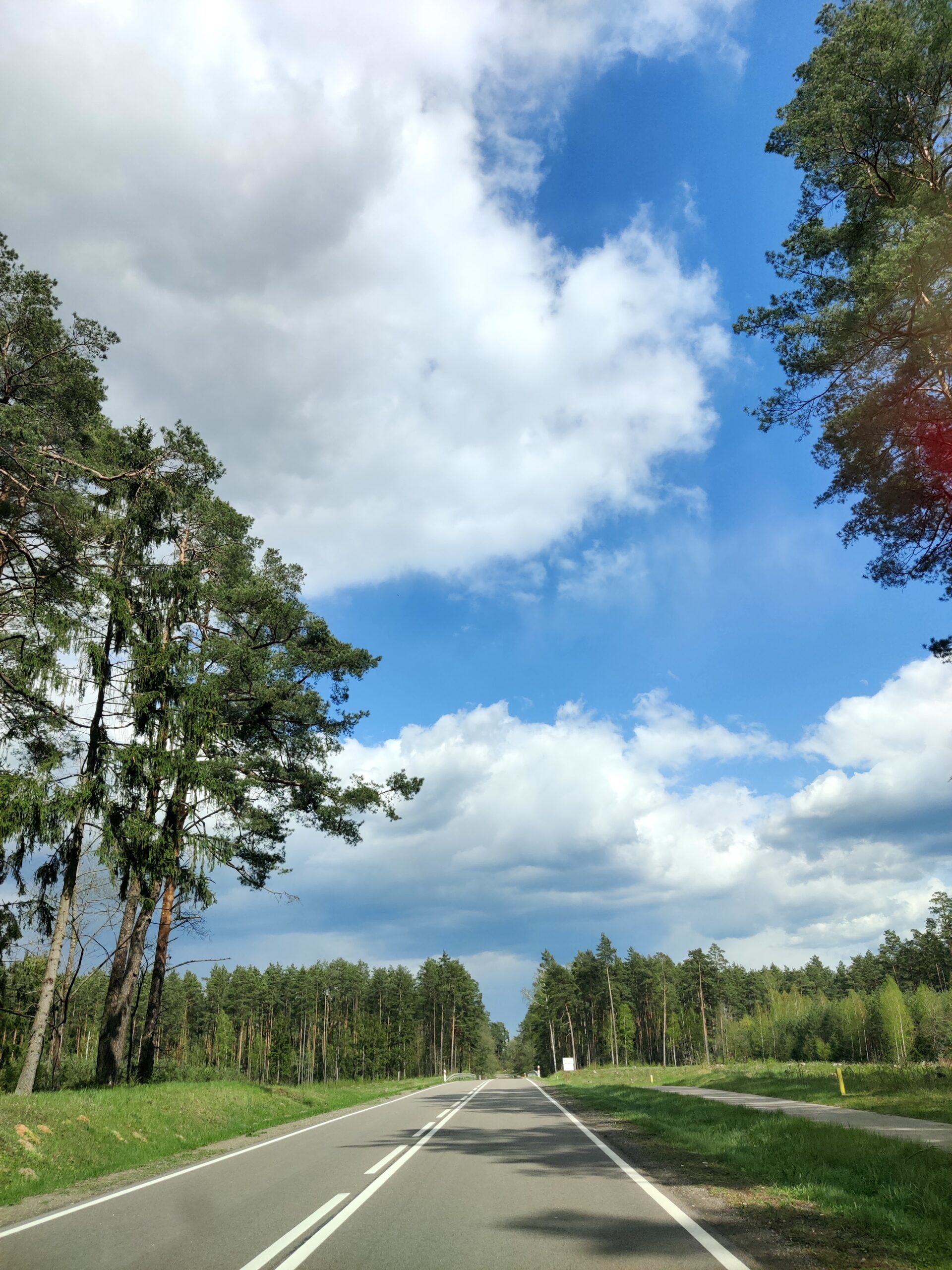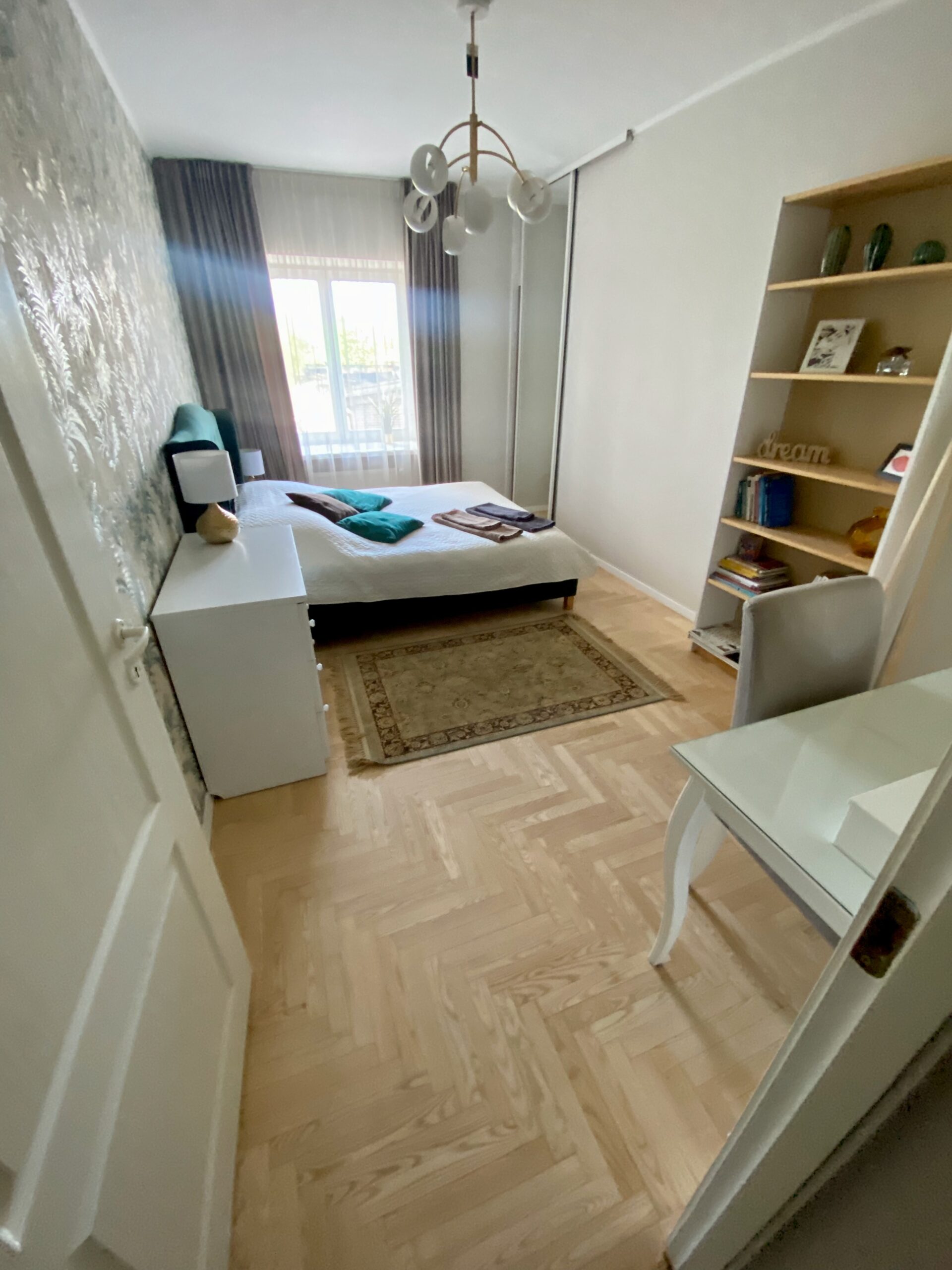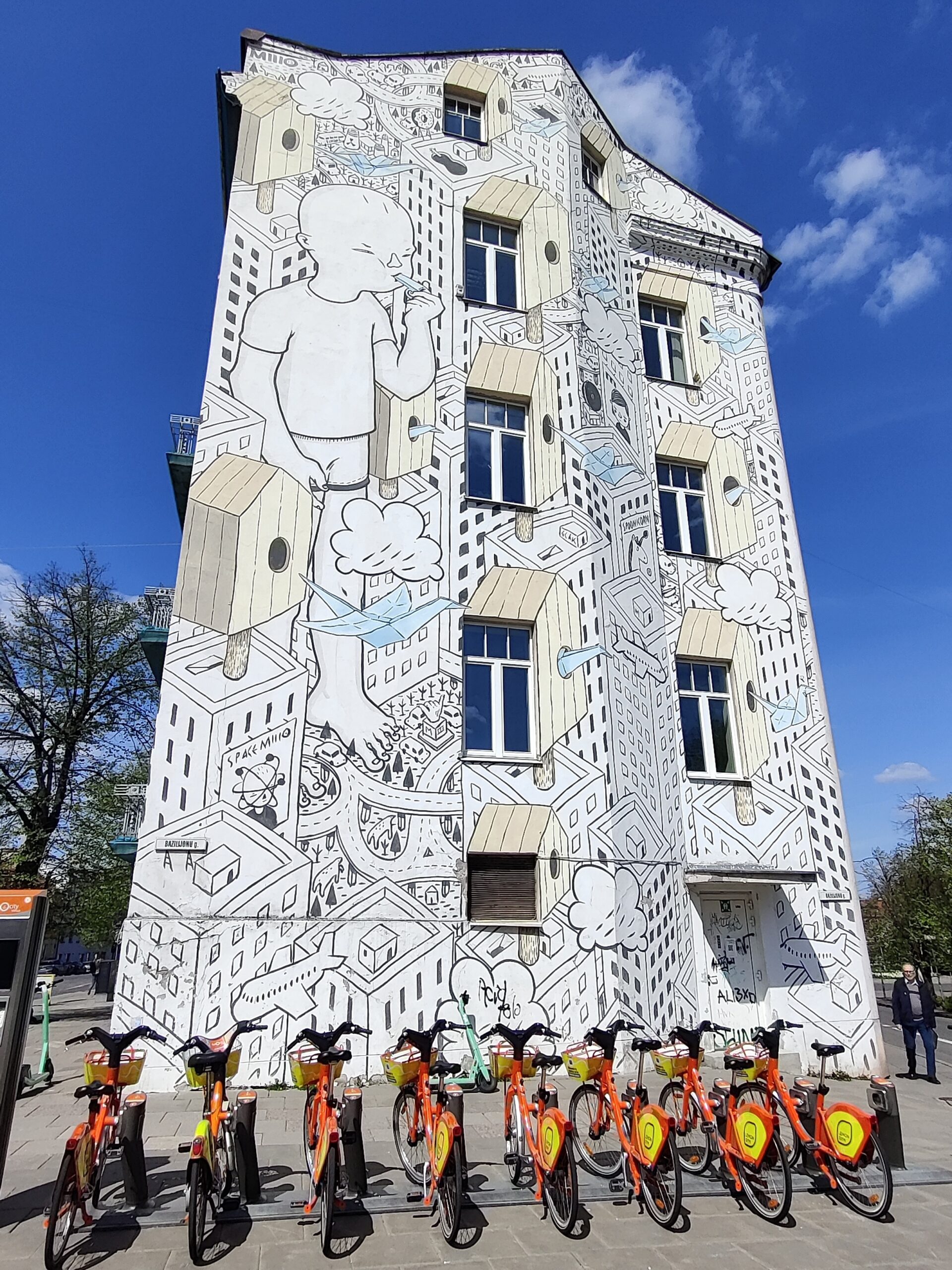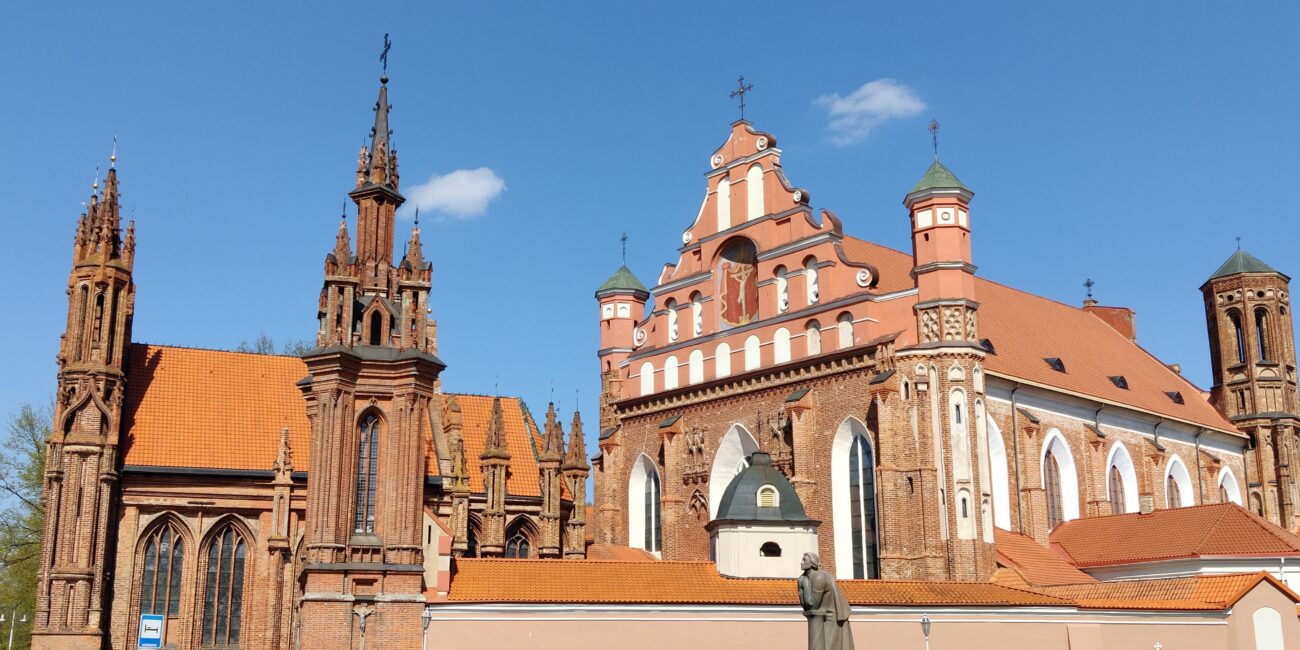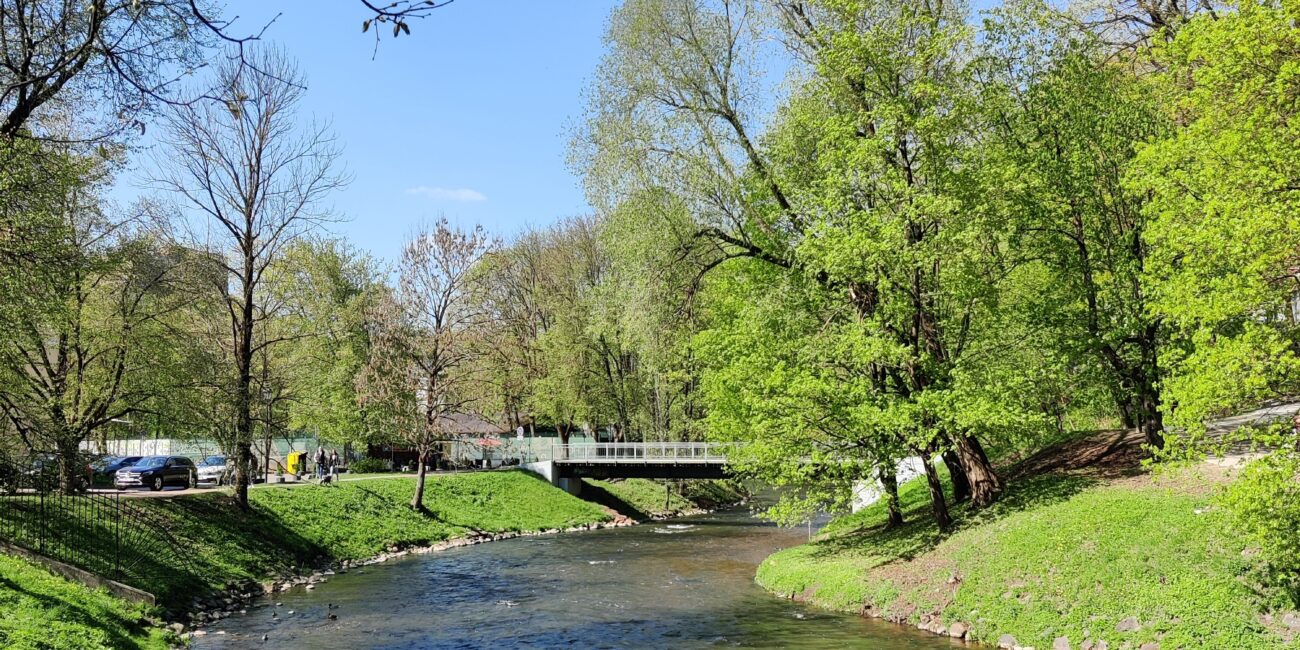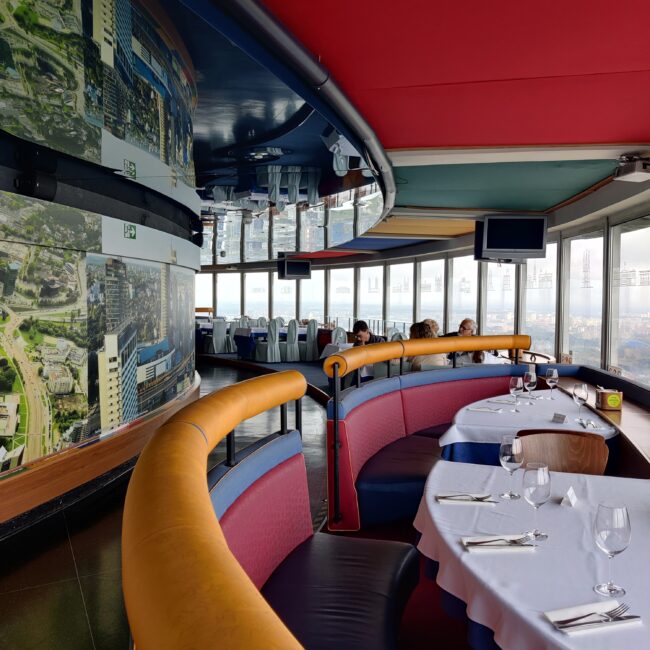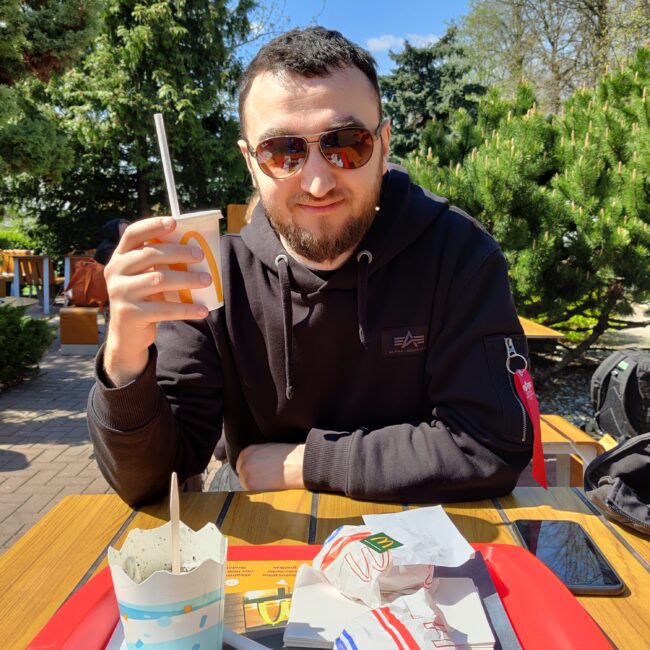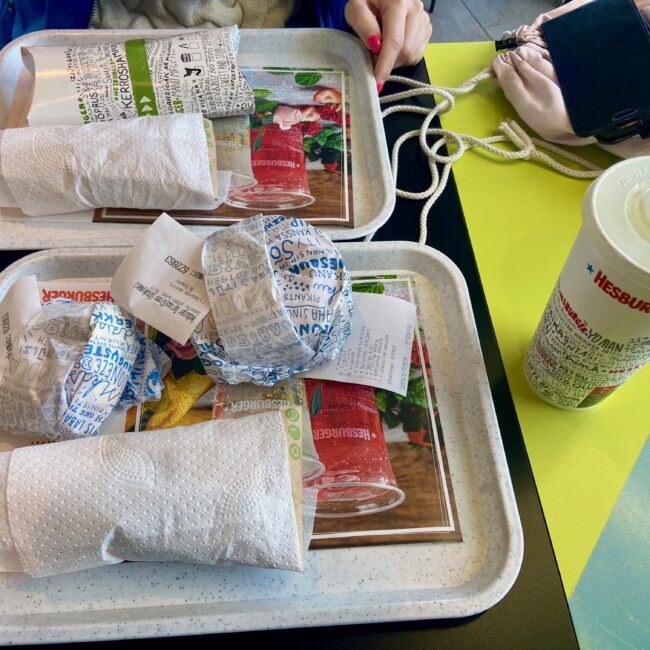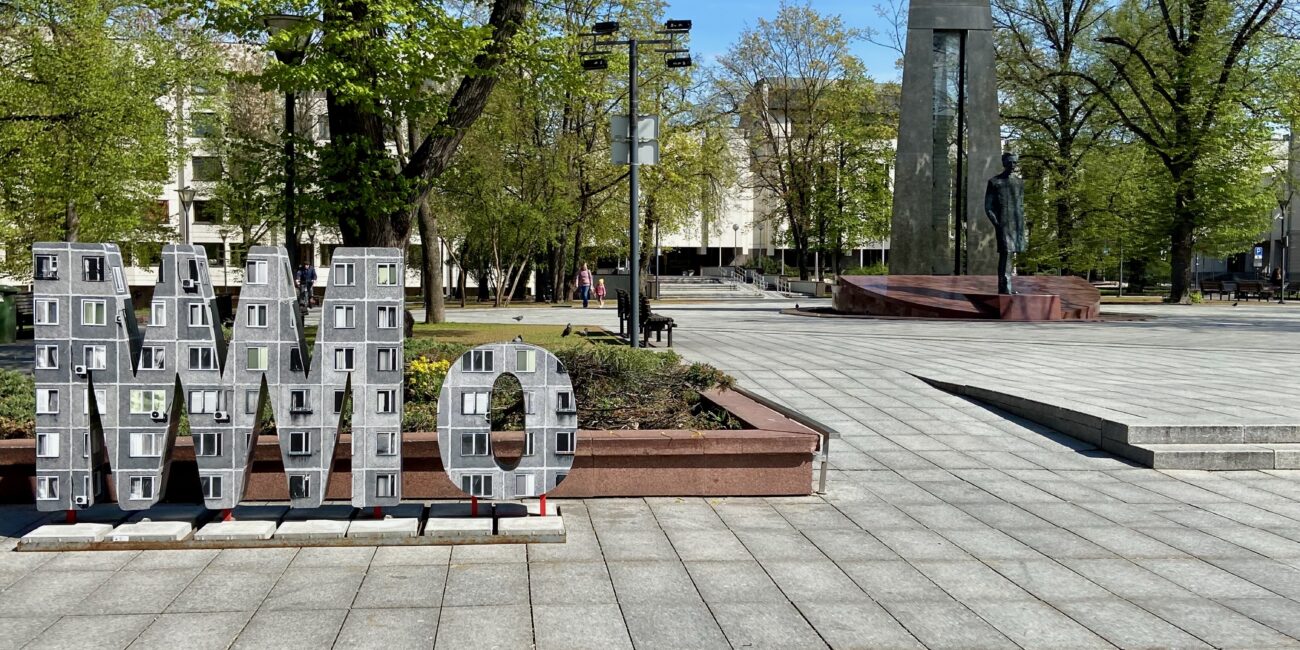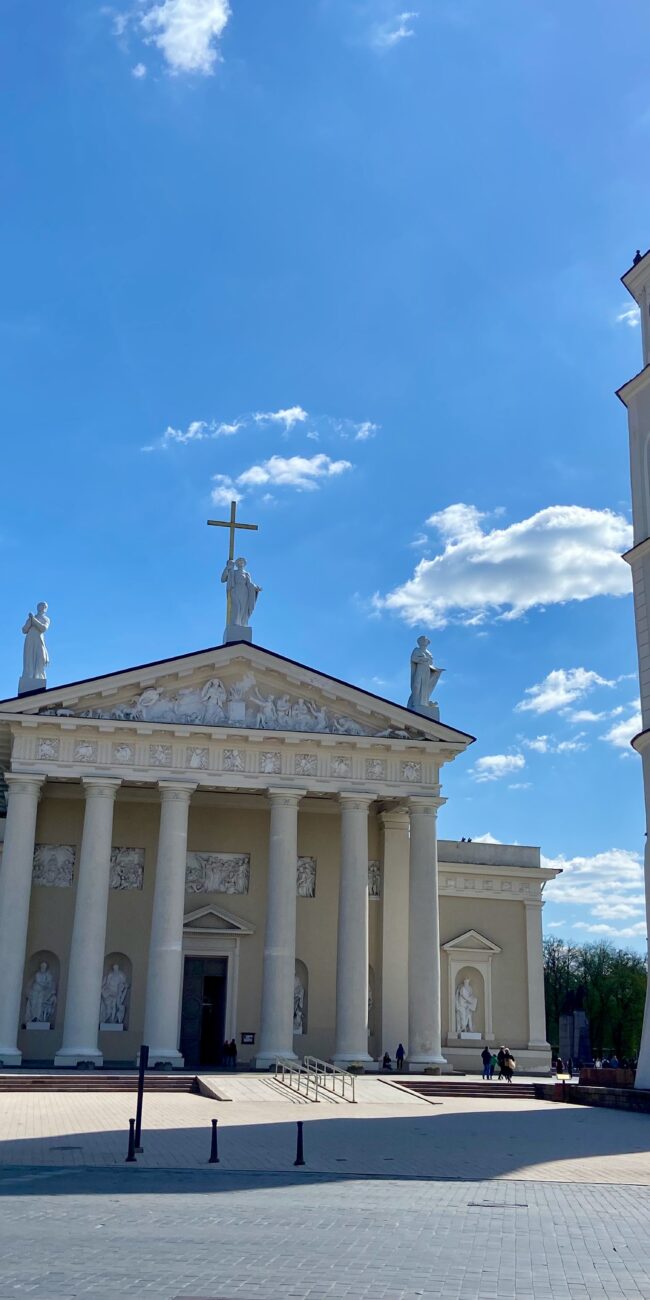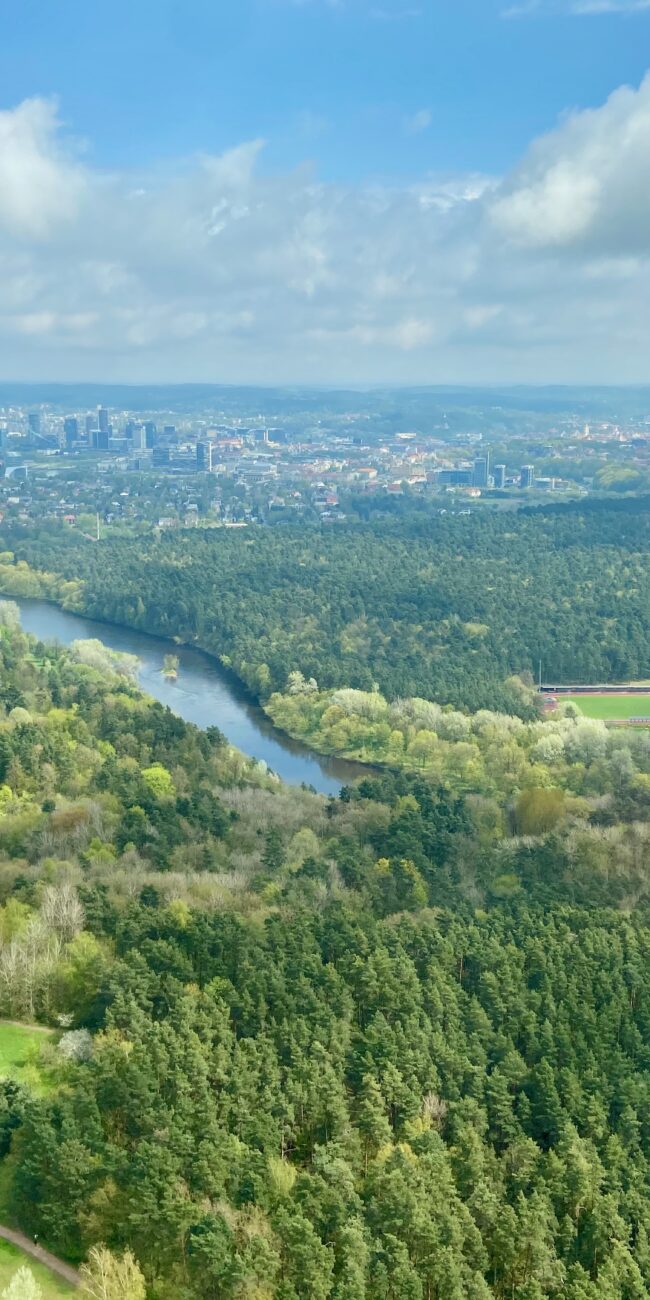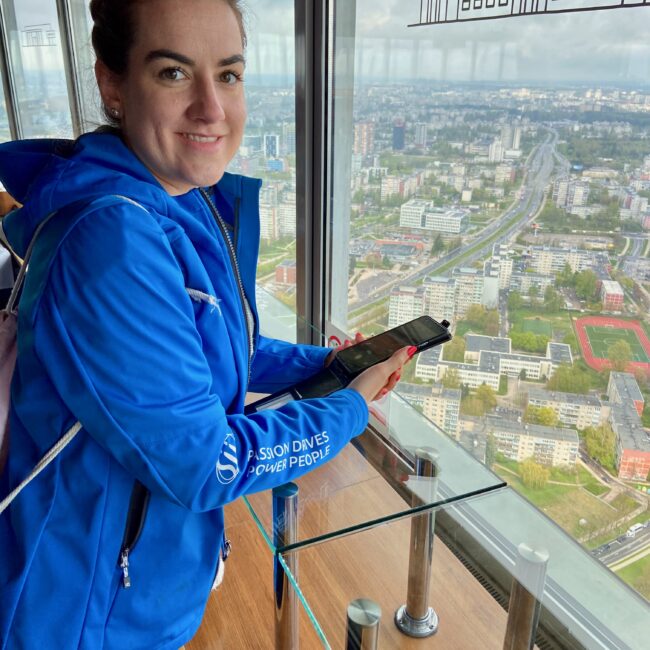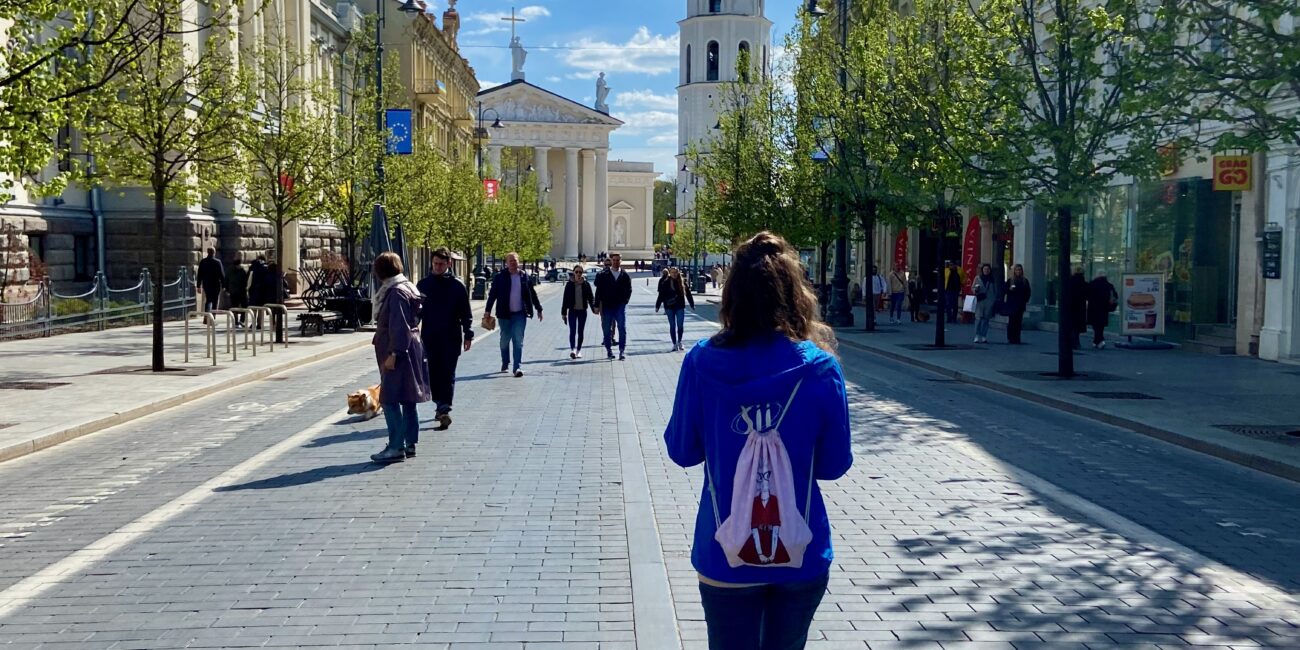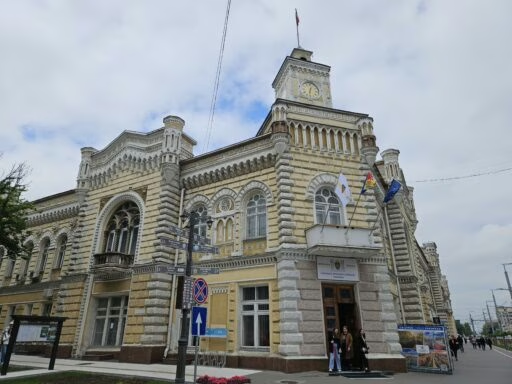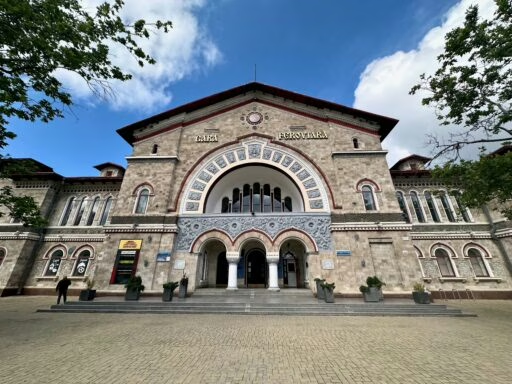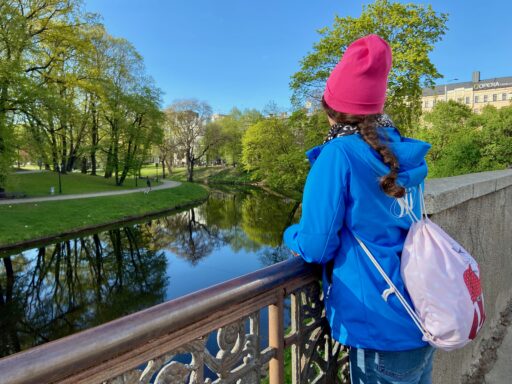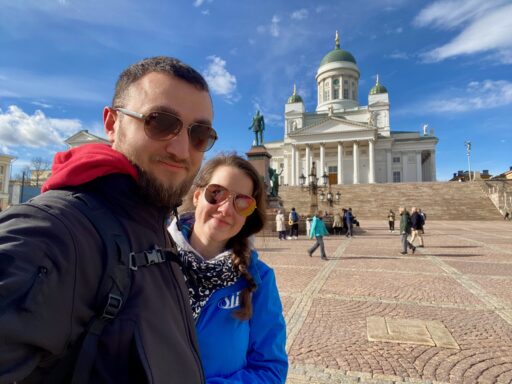This post is also available in:
Polski
Hello! 👋
This time, we’re taking you along for our May 2023 adventure! 🚗 We decided to hit the road and conquer three capitals – Vilnius, Riga, and Tallinn. Our reliable travel companion? The Opel Insignia, which, as of writing this article, is (hopefully) still going strong. The leasing is already behind us, and as for buying it out… well, let’s just say our wallet would rather not think about that! 😆
The goal was simple: to relax and, at the same time, explore this part of Europe that often gets overlooked in travel plans. We focused on the main cities, as they intrigued us the most, though we’re well aware that Lithuania, Latvia, and Estonia have so much more to offer, especially beyond their capitals. But that’s a story for another time.
First stop? Vilnius – the capital of Lithuania, full of history, charm, and interesting spots to explore. This is where our May adventure began.
How did we get to Vilnius?
We set off early in the morning from Warsaw, which helped us avoid heavier traffic on the road. The drive to Vilnius isn’t particularly challenging – traveling through Europe is generally smooth, and the roads in Poland and Lithuania are in pretty good condition.
The first leg of our journey took us from Warsaw towards Augustów and then onward to the Lithuanian border. Along the way, we stopped in Sejny for lunch – a small, quiet town that doesn’t exactly stand out but has its own charm. It gave us a nice break before hitting the road again.
After a short break, we headed straight for Vilnius. The entire trip took us around 6.5 hours – not bad, considering our lunch stop and the effort to drive as economically as possible. And let me tell you, that wasn’t easy! Our petrol-loving Opel Insignia has quite the appetite, so keeping fuel costs in check felt like an extra “challenge” to avoid blowing the budget right at the start of the trip.
Documents and border crossing
When traveling by car from Warsaw to Vilnius, it’s important to keep a few key things in mind regarding documents and road regulations. Since both Poland and Lithuania are part of the Schengen Area, crossing the border is seamless, with no passport control. However, that doesn’t mean you can hit the road without the necessary documents.
First and foremost, every traveler should carry a valid ID card or passport. These are essential documents confirming your identity and may be required in case of any checks along the way.
When it comes to the vehicle, the essentials are:
- Driver’s license – a Polish driver’s license is approved in Lithuania.
- Vehicle registration certificate – with current technical inspection.
- Confirmation of the validity of third-party liability insurance – Polish third-party liability insurance is honored in Lithuania, there is no need for a Green Card.
Since our car was under leasing, we took with us an authorization from the leasing company, confirming our right to use the vehicle. This document was translated into several languages, mainly English.
Traffic conditions
When traveling in Lithuania, it is advisable to prepare for a leisurely pace of driving. Speed limits are similar to those in Poland:
- Built-up area: 50 km/h
- Outside built-up areas: 90 km/h on asphalt roads, 70 km/h on rough roads
- Expressways: 110 km/h (100 km/h in winter)
- Highways: 130 km/h (110 km/h in winter)
In practice, there are few highways of a true expressway standard, and most routes are single-lane roads where overtaking can be tricky. Additionally, many sections are equipped with speed cameras, which effectively discourage exceeding the speed limit. It’s best to arm yourself with patience and adapt to the road conditions.
Roads in Vilnius
As you enter Vilnius, you’ll notice that the road infrastructure is well-developed. The main arteries are in good condition, and traffic generally flows smoothly. However, in the city center, especially in older districts, the streets can be narrower and often paved with cobblestones, requiring more cautious driving. It’s also worth paying attention to road signs, as some areas may have traffic restrictions or reduced speed zones.
We left our car parked near the apartment, which served as our base in Vilnius. At first glance, it was clear that parking in the city center could be a challenge – both in terms of finding a spot and the cost. After a quick assessment, we realized there was no need to drive everywhere.
Vilnius is a city made for exploring on foot. Its compact layout and the proximity of major attractions make it easy to get around without a car. With plans to burn some calories and enjoy a more active way of sightseeing, we decided that walking would be the perfect solution.
Paid parking zones in Vilnius
The city is divided into several color-coded zones with different hourly parking fees:
- 🔵 Blue zone: €2.5 per hour,
- 🔴 Red zone: €1.5 per hour,
- 🟡 Yellow zone: €0.60 per hour,
- 🟢 Green zone: €0.30 per hour.
Parking fees apply on weekdays and Saturdays during specific hours, depending on the zone. On Sundays, parking in the red, yellow, and green zones is free of charge.
Public transportation
During our stay in Vilnius, we chose to explore the city mainly on foot, as most of the attractions in the city center are within walking distance. This allowed us to fully enjoy the city’s atmosphere while burning a few extra calories along the way.
Although we didn’t use public transportation, it’s worth noting that Vilnius has a well-developed network of buses and trolleybuses. The city operates around 87 bus lines and 18 trolleybus routes, making it easy to reach nearly any corner of Vilnius.
For tourists planning a longer stay or frequent use of public transportation, the Vilniečio kortelė (Vilnius Resident Card) can be quite handy. It costs €1.50 and can be topped up with a chosen amount of money or selected public transport tickets. Once a ticket is activated on the card, you can transfer between buses and trolleybuses without additional charges or limits during its validity period.
Accommodation
This time, we decided to give Airbnb a try. Hotels in Vilnius turned out to be quite pricey, and the quality they offered didn’t really match the cost. After browsing through the options, we settled on renting an apartment on Krokuvos Street. I had used Airbnb before—though I’ll admit, my stay in Los Angeles left a bit to be desired. This time, however, we were pleasantly surprised.
The apartment turned out to be spacious and well-furnished. It had a separate bedroom, a living room, a fully equipped kitchen, and a pretty comfortable bed. We paid 832 PLN for three nights, which, compared to hotel prices in Vilnius, was a really reasonable deal.
We parked the car in the residential area – although space was tight, we always managed to find a spot. Parking along the main street with meters would have been significantly more expensive, so this way we saved a bit of money. The apartment turned out to be a great base for exploring the city.
SIM card
During our travels across Europe, we relied, as always, on a SIM card from our Polish provider. Thanks to EU roaming regulations, we could use the internet, make calls, and send SMS messages without any extra charges, which is incredibly convenient. However, it’s worth keeping in mind that at some point along the way, your available internet data might run out.
What to do then? There are two options. The first is to purchase an eSIM from a global provider – it’s convenient since there’s no need to swap out your physical SIM card, but it’s worth checking the prices for the specific region. The second option is to buy a local SIM card from an operator in the country you’re visiting. This can be more expensive if you’re staying for a short time, but for a longer visit, it might be worth it.
Of course, if you can resist scrolling through TikTok or watching YouTube videos, extra internet might not be necessary. In that case, it’s a good idea to download offline maps to your phone before the trip – apps like Google Maps or similar will make navigation much easier, even without an internet connection. It’s a simple and effective solution that won’t strain your budget or data plan.
Food
During our stay in Vilnius, we didn’t focus much on the local cuisine but instead explored flavors from different parts of the world. One day we enjoyed delicious pancakes, another day we opted for Georgian food, and – we won’t hide it – a classic McDonald’s meal made its way onto our table.
We prepared most of our breakfasts and dinners in the apartment. With a Lidl nearby, quick grocery runs and a simple scrambled egg breakfast at “home” turned out to be both economical and convenient.
Local cuisine
Lithuanian cuisine combines simplicity with hearty dishes, perfectly suited for the region’s colder climate. It’s largely based on potatoes, meat, beets, and dairy products, making it both traditional and filling.
One of the most famous dishes is cepelinai (also known as kartacze) – large potato dumplings stuffed with meat, cottage cheese, or mushrooms, served with sour cream and crispy bacon bits. Potato pancakes are also popular in Lithuania and come in various versions, each as tasty as the next.
It’s worth mentioning šaltibarščiai – a vibrant pink cold soup made from beets, kefir, and dill, perfect for hot summer days. In colder seasons, hearty soups take center stage, such as Lithuanian borscht or rich mushroom soup.
Exchange office or ATM?
As is often the case when traveling around Europe, we opted for the simplest and most convenient solution – a multi-currency card. In the Eurozone, which includes Lithuania, card payments are the norm, and ATMs are readily available. This meant we didn’t have to worry about exchanging cash at a currency exchange office before the trip.
However, it’s worth paying attention to which ATMs you use to avoid unnecessary fees. Some ATM networks may charge additional commissions for cash withdrawals. For example, Euronet ATMs are known for applying extra transaction fees.
It’s recommended to use ATMs operated by local banks, such as Luminor, which typically offer better withdrawal conditions. Additionally, avoid the DCC (Dynamic Currency Conversion) option, as it often comes with unfavorable exchange rates. Always choose to withdraw in the local currency (EUR) to avoid unnecessary fees and keep costs under control.
Safety
During our stay in Vilnius, we felt safe and comfortable. The city, as the capital of Lithuania, is modern and welcoming to tourists. However, as in any large city, it’s always a good idea to take basic precautions.
Vilnius is monitored by a network of city cameras, particularly in the Old Town, which enhances the overall sense of security. It’s also important to note that in Lithuania, drinking alcohol in public places, such as streets, parks, or stadiums, is strictly prohibited.
Places we visited
During our two days in Vilnius, we managed to visit a few interesting spots that reflect the character of the city. Lithuania’s capital has a lot to offer, but we focused on the key highlights that we could explore in the limited time we had.
📍 Where were we and what did we manage to see?
Stay tuned for a separate post where we will tell you about our tour of Vilnius and our impressions of the city! 🏰 ✨
We are moving further down the road….
Our stop in Lithuania is coming to an end, and the next destination awaits – Estonia. Latvia? We’re saving that for the return journey. For now, we have a few hours of relaxed driving ahead, with scenic views outside the window and some time to reflect on our experience in Lithuania.
What are our impressions of this country? A calm, stress-free way of life – that’s the vibe that stayed with us throughout our visit. Vilnius, though small and modest, has its own charm. The Old Town, its history, and the simplicity of the city left us with positive memories, although it’s clear that Lithuania has much more to offer beyond its capital. Picturesque landscapes, lakes, and forests surely hide places worth discovering someday.
Our time in Lithuania was fairly brief and focused on just one city. Maybe that’s why we feel this country deserves more attention on a longer visit. But for now, click here – Estonia, here we come! 🚗✨
